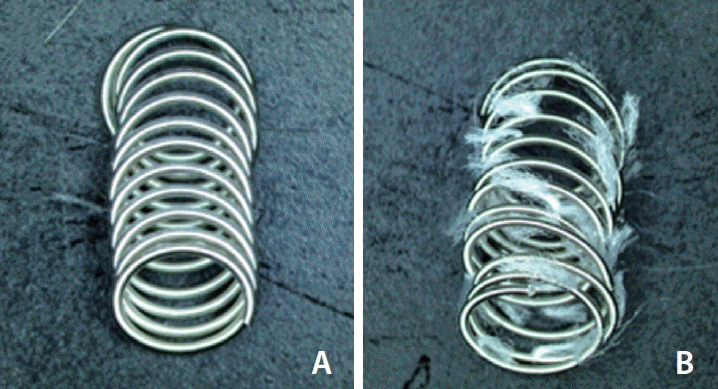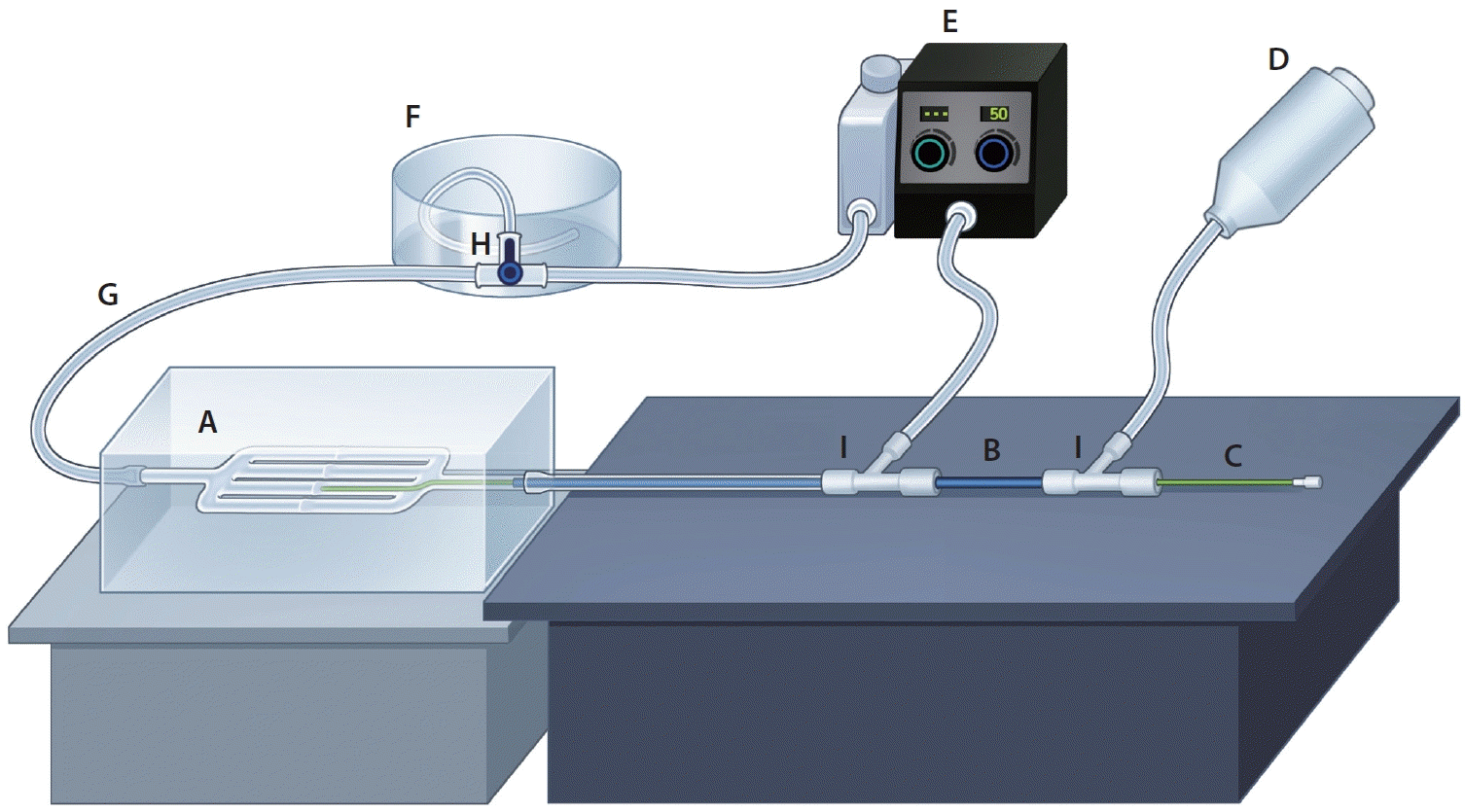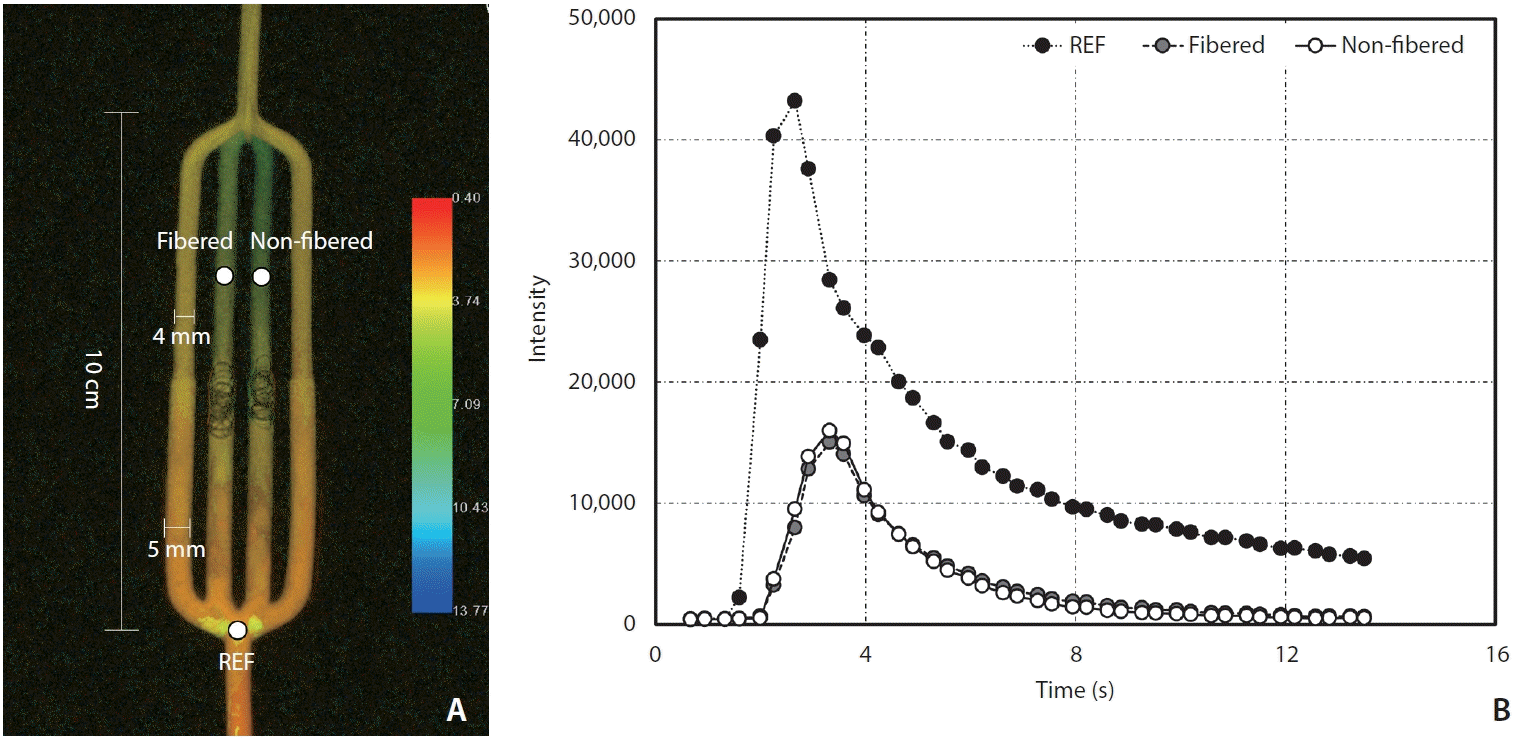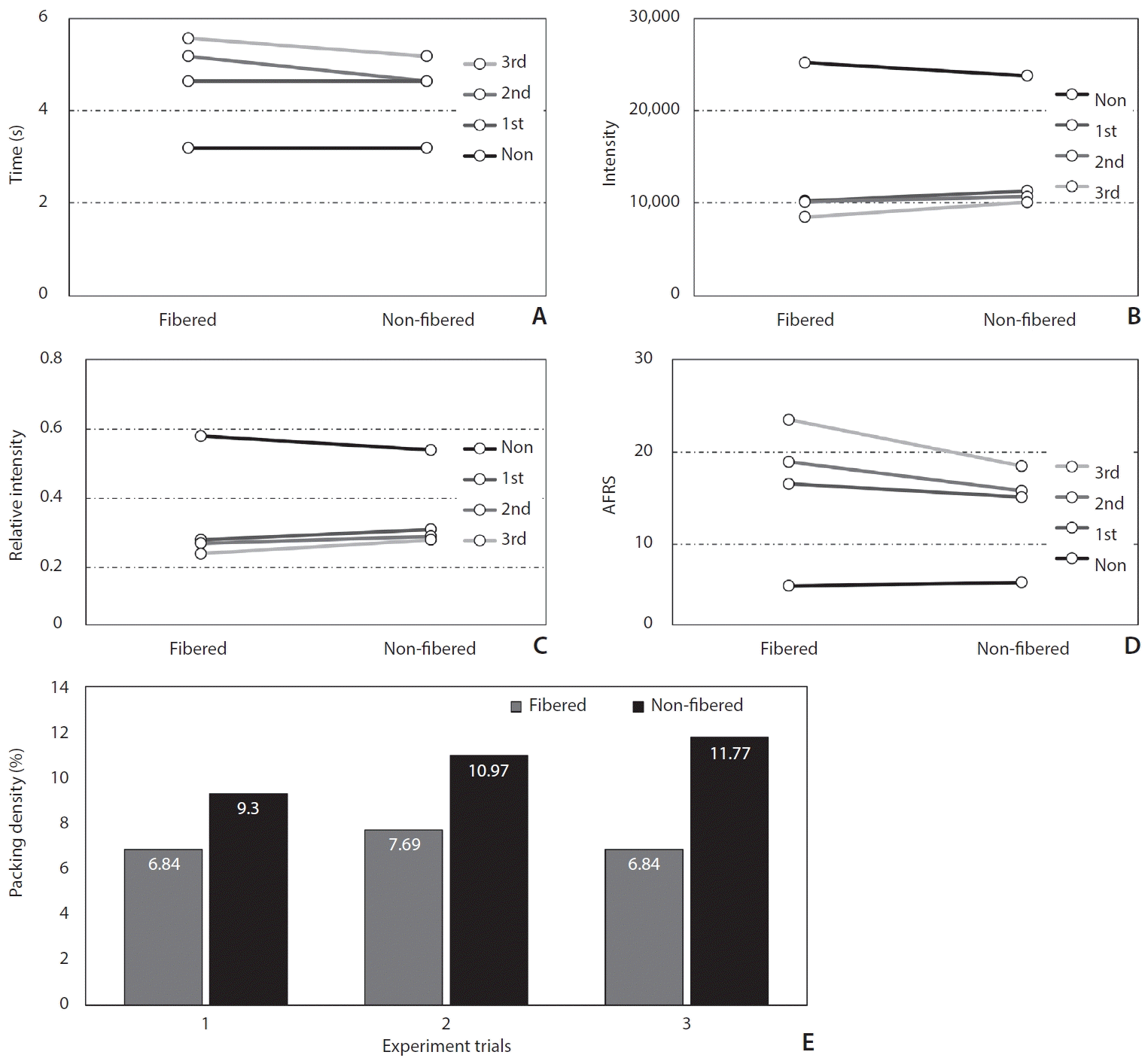1. Gianturco C, Anderson JH, Wallace S. Mechanical devices for arterial occlusion. Am J Roentgenolog. 1975; 124:428–435.

2. Girdhar G, Read M, Sohn J, Shah C, Shrivastava S. In-vitro thrombogenicity assessment of polymer filament modified and native platinum embolic coils. J Neurol Sci. 2014; 339:97–101.

3. Fohlen A, Namur J, Ghegediban H, Laurent A, Wassef M, Pelage JP. Peripheral embolization using hydrogel-coated coils versus fibered coils: short-term results in an animal model. Cardiovasc Intervent Radiol. 2018; 41:305–312.

4. Patel PJ, Arko FR 3rd. Ruby® Coil and POD® System: a coil platform for fast and easy embolization. Insert Endovasc Today. 2018; 17:22–29.
5. Zander T, Medina S, Montes G, Nuñez-Atahualpa L, Valdes M, Maynar M. Endoluminal occlusion devices: technology update. Med Devices (Auckl). 2014; 7:425–436.

6. Yasumoto T, Osuga K, Yamamoto H, Ono Y, Masada M, Mikami K, et al. Long-term outcomes of coil packing for visceral aneurysms: correlation between packing density and incidence of coil compaction or recanalization. J Vasc Interv Radiol. 2013; 24:1798–1807.

7. Vogler J 4th, Gemender M, Samoilov D. Packing density and long-term occlusion after transcatheter vessel embolization with soft, bare-platinum detachable coils. Am J Interv Radiol. 2020; 4:2.

8. Leyon JJ, Littlehales T, Rangarajan B, Hoey ET, Ganeshan A. Endovascular embolization: review of currently available embolization agents. Curr Probl Diagn Radiol. 2014; 43:35–53.

9. Kye SM, Ahn JH, Lee HS, Kim JH, Oh JK, Song JH, et al. Transvenous coil embolization of hypoglossal canal dural arteriovenous fistula using detachable coils: a case report. J Cerebrovasc Endovasc Neurosurg. 2022; 24:166–171.

10. Park KY, Kim JW, Kim BM, Kim DJ, Chung J, Jang CK, et al. Coil-protected technique for liquid embolization in neurovascular malformations. Korean J Radiol. 2019; 20:1285–1292.

11. Barr JD, Lemley TJ. Endovascular arterial occlusion accomplished using microcoils deployed with and without proximal flow arrest: results in 19 patients. AJNR Am J Neuroradiol. 1999; 20:1452–1456.
12. Dudeck O, Bulla K, Wieners G, Ruehl R, Ulrich G, Amthauer H, et al. Embolization of the gastroduodenal artery before selective internal radiotherapy: a prospectively randomized trial comparing standard pushable coils with fibered interlock detachable coils. Cardiovasc Intervent Radiol. 2011; 34:74–80.

13. Irie T. New embolization microcoil consisting of firm and flexible segments: preliminary clinical experience. Cardiovasc Intervent Radiol. 2006; 29:986–990.

14. Hui FK, Fiorella D, Masaryk TJ, Rasmussen PA, Dion JE. A history of detachable coils: 1987-2012. J Neurointerv Surg. 2014; 6:134–138.

15. Lee JW, Kim DJ, Jung JY, Kim SH, Huh SK, Suh SH, et al. Embolisation of indirect carotid-cavernous sinus dural arterio-venous fistulae using the direct superior ophthalmic vein approach. Acta Neurochir (Wien). 2008; 150:557–561.

16. Kwon B, Song Y, Hwang SM, Choi JH, Maeng J, Lee DH. Injection of contrast media using a large-bore angiography catheter with a guidewire in place: physical factors influencing injection pressure in cerebral angiography. Interv Neuroradiol. 2021; 27:558–565.

17. Gölitz P, Luecking H, Hoelter P, Knossalla F, Doerfler A. What is the hemodynamic effect of the Woven EndoBridge? An in vivo quantification using time-density curve analysis. Neuroradiology. 2020; 62:1043–1050.

18. Trerotola SO, Pressler GA, Premanandan C. Nylon fibered versus non-fibered embolization coils: comparison in a swine model. J Vasc Interv Radiol. 2019; 30:949–955.

19. Fohlen A, Namur J, Ghegediban H, Laurent A, Wassef M, Pelage JP. Midterm recanalization after arterial embolization using hydrogel-coated coils versus fibered coils in an animal model. J Vasc Interv Radiol. 2019; 30:940–948.

20. White SB, Wissing ER, Van Alstine WG, Trerotola SO. Comparison of fibered versus nonfibered coils for venous embolization in an ovine model. J Vasc Interv Radiol. 2023; 34:888–895.

21. White RI, Pollak JS. Controlled delivery of pushable fibered coils for large vessel embolotherapy. In: Golzarian J, Sun S, Sharafuddin MJ. Vascular embolotherapy: a comprehensive approach. Vol. 1, General principles, chest, abdomen, and great vessels. Springer, 2006;35-42.
22. Haug S. Tools of the trade. In: Keefe N, Haskal Z, Park A, Angle J. IR playbook: a comprehensive introduction to interventional radiology. Springer, 2018;27-53.
23. Pech M, Kraetsch A, Wieners G, Redlich U, Gaffke G, Ricke J, et al. Embolization of the gastroduodenal artery before selective internal radiotherapy: a prospectively randomized trial comparing platinum-fibered microcoils with the Amplatzer Vascular Plug II. Cardiovasc Intervent Radiol. 2009; 32:455–461.

24. Maleux G, Deroose C, Fieuws S, Van Cutsem E, Heye S, Bosmans H, et al. Prospective comparison of hydrogel-coated microcoils versus fibered platinum microcoils in the prophylactic embolization of the gastroduodenal artery before yttrium-90 radioembolization. J Vasc Interv Radiol. 2013; 24:797–803. quiz 804.

25. Guirola JA, Sánchez-Ballestin M, Sierre S, Lahuerta C, Mayoral V, De Gregorio MA. A randomized trial of endovascular embolization treatment in pelvic congestion syndrome: fibered platinum coils versus vascular plugs with 1-year clinical outcomes. J Vasc Interv Radiol. 2018; 29:45–53.





 PDF
PDF Citation
Citation Print
Print







 XML Download
XML Download